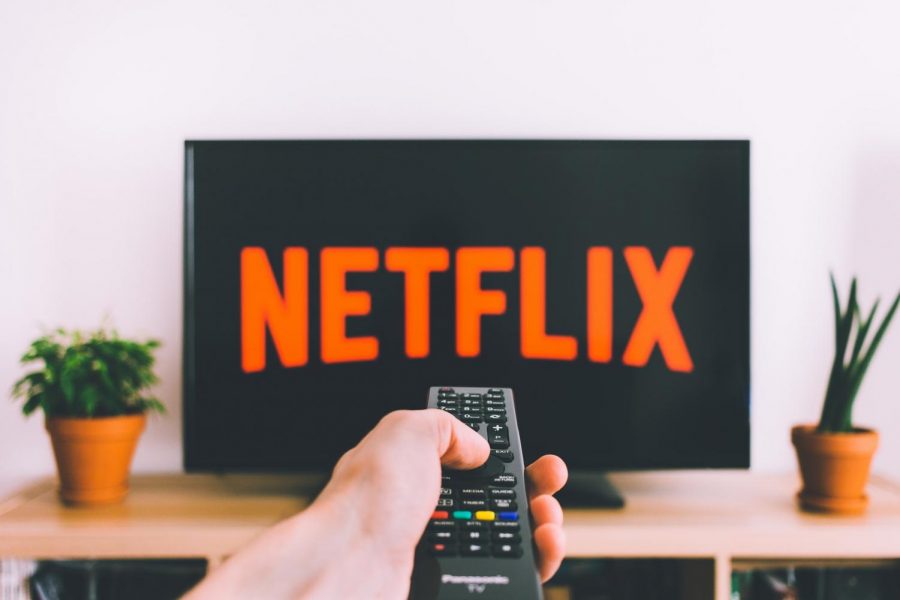Deciphering the Usage of Laugh Tracks in Modern Television
June 15, 2018
Before anyone had a television or radio, many people were accustomed to noises and reactions of fellow audience members while viewing live performances. When various electronics became popular mediums of entertainment, producers worked to bring the feel of a live audience into the home. To do this, laughter recorded from live performances was inserted in the background of radio and television shows. And that is how the laugh track was born.
If you have ever watched a TV show that usually has laugh tracks with the laughing removed, you would probably think it was pretty cringy. I personally enjoyed iCarly in my middle school days, but when I saw an episode on YouTube with the laugh track removed, my perception quickly changed from entertaining to revolting. Featured were awkward pauses between every bit of dialogue, the characters remaining motionless. Without the laugh track, it seemed as though every one of Gibby’s strange remarks was left hanging in air without proper acknowledgment. I was left confused rather than amused. This unpleasant experience raised a question: what is the purpose of a laugh track?
One very obvious purpose of background laughter is to incite a similar response in the audience of the show. It’s a simple concept: laughter is contagious. Upon seeing, or in this case hearing other people react positively to a film or skit, it is likely you’ll have a similar reaction. As it turns out, many producers transformed the intent of laughter in their shows to incite positive feelings that would not originally be provoked. For example, Carly and Sam’s “Random Dancing” may not make me laugh by itself, but if I hear other people snickering in the background, I may think it’s a bit comical. Laugh tracks assist the audience in associating the broadcast with feel-good emotions, increasing the likelihood that a viewer will return for the next episode.
To an extreme, bursts of laughter can be added next to any piece of conversation to communicate that, yes, what is being presented is a joke, and you should laugh. In this scenario, a show relies entirely on their laugh track to conceal the absence of quality material, rather than taking steps to improve the script. This ultimately abuses the power of the laugh track by making an unstimulating program more bearable.
Another incentive to use laugh tracks in TV shows is that it lengthens runtime. Take iCarly for example: Gibby frequently signals his arrival with his signature line, “Gibbeeeh!” This is often followed by a three second time gap during which the characters are silent to give the laugh track emphasis. Breaks like this throughout each episode can increase runtime enough to require an additional commercial break, generating additional revenue for the production.
Ultimately, the motive for using laugh tracks in TV shows has shifted from one of providing the experience of a live performance in the family room to one of increasing runtime and making humor out of scenarios where it may not naturally exist. Looking forward, it is necessary that directors and producers evaluate their own personal use of laugh tracks and figure out the best way to bring quality comedy to the small screen.




